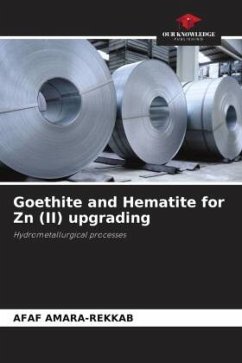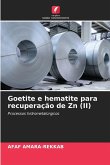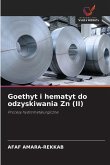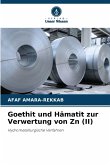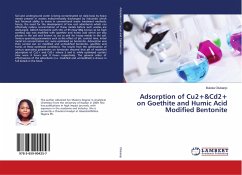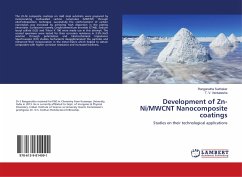Zinc, essential in the non-ferrous metals industry for applications such as galvanizing and electronic circuits, is extracted by pyrometallurgy or hydrometallurgy. The latter process, after blende roasting, involves acid leaching (H2SO ) to solubilize the zinc into ZnSO , followed by electroplating to obtain purified zinc. However, this process achieves an extraction rate limited to 90%, leaving solid residues rich in metal ferrites (26% iron, 21% zinc). Since 1974, the ALZINC refinery in Algeria has been storing these residues, causing environmental pollution.The aim of the project is to extract the zinc from these residues by acid leaching and precipitation of the iron in the form of goethite, which is recovered as hematite, a precious pigment. Acid extraction recovered 12-14% zinc, while the goethite method achieved a recovery rate of 19.43% with 91.43% extraction. Final transformation into hematite, confirmed by analysis (X-ray diffraction and IR), produced an industrial pigment in line with research standards.
Bitte wählen Sie Ihr Anliegen aus.
Rechnungen
Retourenschein anfordern
Bestellstatus
Storno

